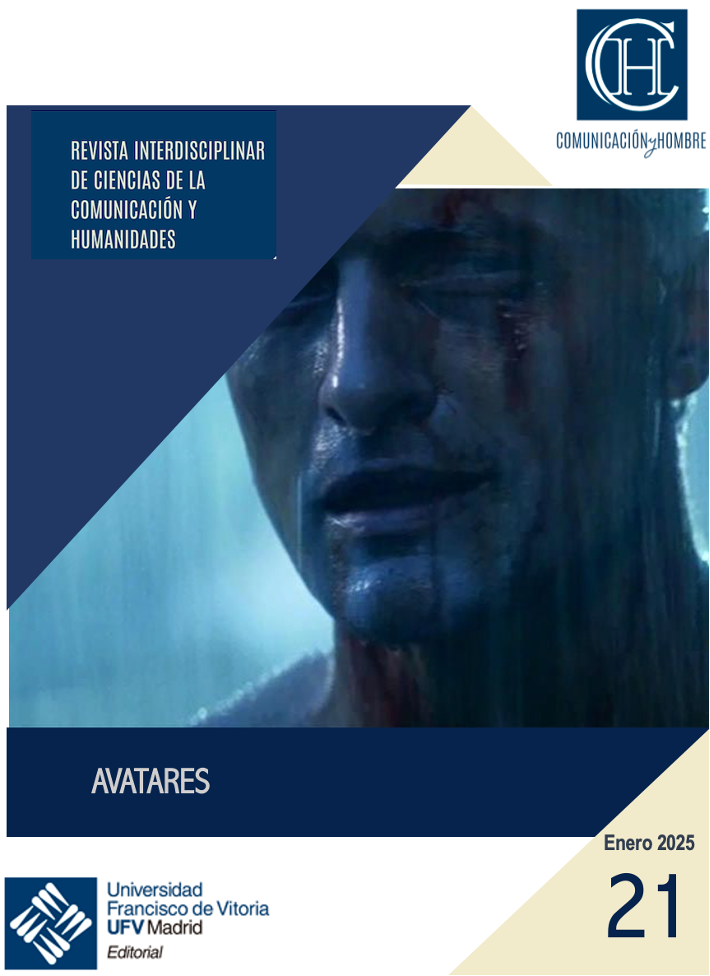Preview of the next issue: 20
WHAT IS BEAUTY IN THE 21ST CENTURY?
Theme Editors: PhD Antonio Díaz Lucena, Luis Nahuel Sanguinet García, Lara Madrid del Campo
Minimalism and flawlessness are now associated with an ideal of beauty without wrinkles and creases. In the words of Byung-Chul Han, smoothness and sleekness are the qualities of our time. Accumulation and ostentation, once considered beautiful in other aesthetic moments, are now excluded from good taste. The classical ideal of beauty, linked to notions of symmetry and harmony, is surpassed by the ornamentation, foreshortening, and excesses of the Baroque period. In 1712, Addison defined in “The Pleasures of the Imagination” a variety of aesthetic categories based on different characteristics that were previously considered flaws, such as magnitude in the sublime and variety in the picturesque. Various theories of taste emerged, especially among German philosophers and British empiricists. While Hume grounded the appreciation of beauty in knowledge and education, Burke associated the sublime with pain and the beautiful with pleasure. In “Critique of Judgment,” Kant emphasized the disinterested nature of pleasure as a condition in the aesthetic experience of beauty. According to Kant, this experience would not provide knowledge. After the 18th-century theories of taste, with the rise of Romanticism, new aesthetic categories proliferated, based on negative concepts such as the grotesque, the pathetic, and the eerie. These concepts, present in the 20th-century avant-gardes as well, find their representation in the diversity of the current artistic panorama, where ideas associated with traditional beauty have been reduced to a minimum expression. Today’s technology allows us to stop accumulating and even to do away with many physical objects. Minimalism and cleanliness are signs of beauty promoted by advertising, causing the aesthetic experience to no longer be limited to a contemplative act but also becoming an impulse for consumption. The positivity of smoothness and sleekness is what triggers the tactile imperative. It invites the observer to annul the distance (…). But an aesthetic judgment presupposes a contemplative distance. The art of smoothness and sleekness eliminates it (Han, 2022). By eliminating negativity, the shock that comes from confronting the artistic object is removed, and self-complacency is advocated. The technology of aseptic design, as the main object of current consumer desire, is the greatest example of rejecting the negative and ultimately the confrontation with the different. In this context, we can wonder about the fit of the free play of the faculties of understanding and imagination proposed by Kant and, ultimately, the space occupied by beauty today.
Editor of the issue: PhD Daniela Musicco Nombela
Artificial Intelligence advances, and plastic surgery is subject to algorithms’ laws, creating canons that correspond to the acceptance of the idea of beauty resulting from Big data analysis. Landscapes, houses, animals are created for the metaverse, and films like Avatar (2022) are conceived following shared canons as well. Everything seems to be increasingly under control, but outside the performance of any machine capable of collecting, storing, and processing information, what is beauty in the 21st century? Cinema, painting, architecture, literature, and the human body itself are shaped and transformed based on aesthetic criteria constructed with analysis tools (MIT, 2022), which score beauty based on metrics preconceived by machines that rely on surveys and transform responses into numbers and data that subsequently determine standards. However, fortunately, the beauty that attracts us seems to elude machines and algorithms and maintains a high component of subjectivity, irrationality; it is the beauty of Barthes’ punctum explained in Camera Lucida (1980), that which touches us emotionally, inexplicably, each person differently; it is the intangible beauty of goodness, of the purity of that human ideal that transcends, escapes the material and mundane and is achieved in the Divine. The question of beauty in communication is open to this new issue of the journal Comunicación y Hombre


